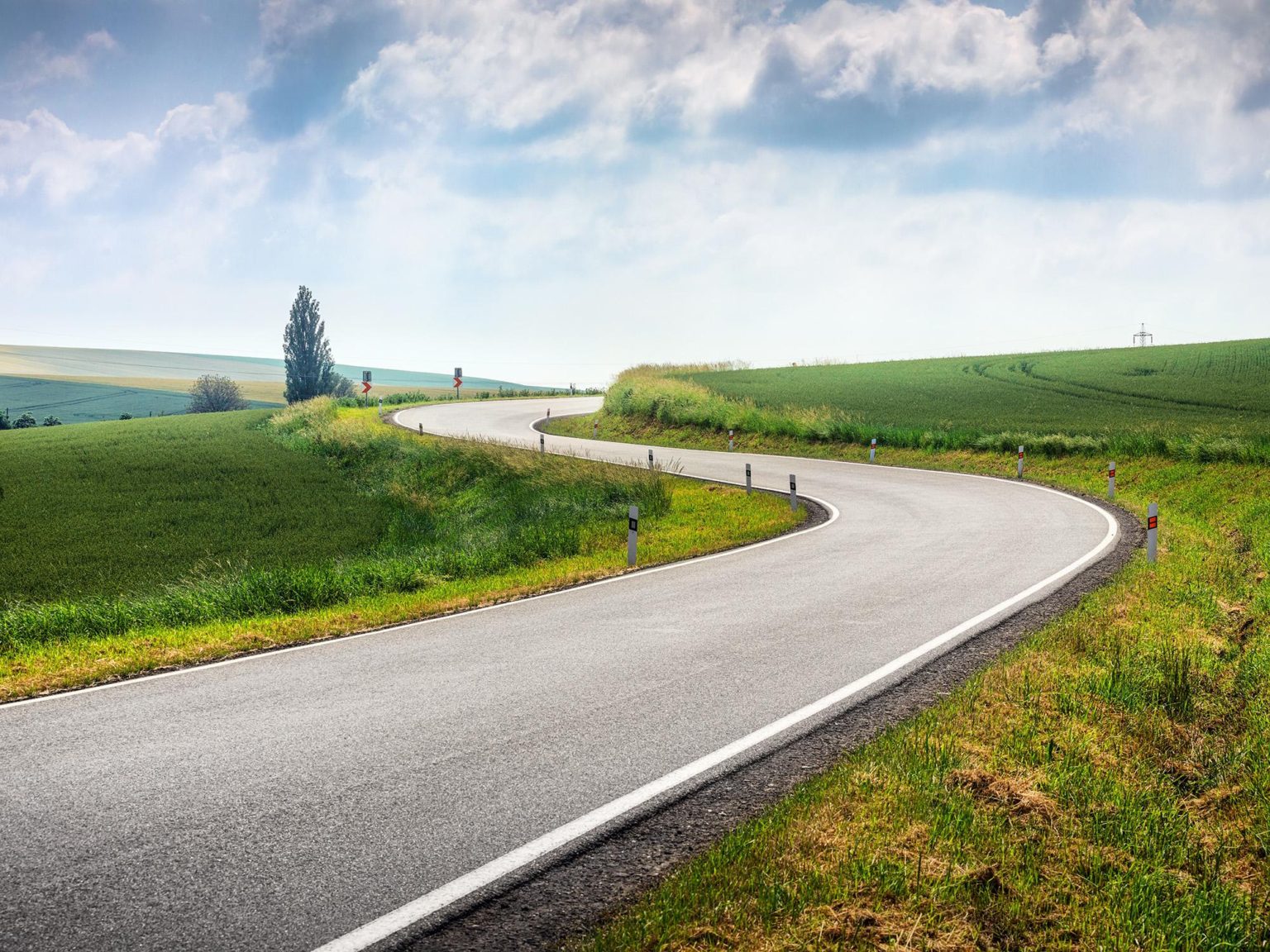Tis the season for getting stuck driving behind a tractor. Country roads have their plusses and minuses – the scenery, the lack of traffic, the ability to push the speed limit. But, they also come with their own set of safety hazards. New guidance from GEM Motoring Assist gives drivers safety tips for navigating back roads. Plus, we threw in a few top tips of our own.
“Driving in the countryside is usually a great pleasure, with good views, quiet roads and a variety of interesting terrain,” said GEM chief executive Neil Worth. “But country roads are used by many different people and vehicles, so it’s vital to look for the clues – some obvious, others less so – as to what might be round the next bend.”
Rule #1: Expect the unexpected
According to Neil Worth, country road hazards may be unique. “What’s round the corner on a rural road with restricted visibility? It could be another car or a motorcycle coming towards you too fast, a group of cyclists on a ride out, sheep or cattle crossing the road, a horse and rider, a wild animal, a slow-moving farm tractor…
“Until you have perfect sight of what’s ahead, you need to be ready to anticipate what could be there. By adjusting your speed and position accordingly, you’re doing your bit to keep yourself and the other road users safe.”
Rule #2: Mud can be a sign of what’s to come
If you see mud on the road, expect to see slow-moving farm vehicles. Sometimes you’ll get lucky and see them in the lane. Other times, tractors enter the roadway from a pasture or field unexpectedly and can be obstructed from view by crops or animals.
Rule #3: Watch for fresh cut grass.
If you smell or see fresh-cut grass, there’s a good chance that there’s a mower nearby. Whether it’s the local department of transportation doing their work in the median on a highway or the side of a thoroughfare, or a resident cutting their lawn, it’s important to remember that they may veer into the roadway to get their job done.
Rule #4: Don’t stop but smell the manure.
Usual the smell of manure has you reaching for the air circulation options on your dashboard, and rightly so. Smelling manure is a sign that livestock is nearby. Plops in the roadway may mean that there is a horse ahead, either being ridden, pulling a buggy, or on the loose.
Rule #5: Watch out for garbage cans.
If you live in the suburbs, you know how a strong wind can make garbage bins go flying around your neighborhood. Make the wind stronger, give it a clear path, and you’re now seeing one of the finer points of country living. When you see garbage bins on the curb on a windy day, pay heed, they may come your way.
Also, having bins on the curb means that it either is trash day or that trash day is tomorrow. Either way, pay attention for stopped and slow-moving garbage trucks along your route.
Rule #6: Make room if you can.
Country roads can be especially narrow, with just barely enough for two vehicles to pass each other. When a vehicle approaches in the opposite direction, it is appropriate to slow on my narrow paths to determine if you’ll both fit. Don’t be afraid to be the one to pull off to the side to let another vehicle pass, as long as you can do so safely.
If you encounter a horse rider on the road, drive very slowly and give the horse a wide berth. It’s important to not frighten the hose, only passing when you’re able to safely do so.
Rule #7: Beware the bumpy road.
Not all country roads are paved. Bumpy dirt roads don’t just kick the dust up, they can easily hide potholes, drops, and sharp rocks.
Rule #8: Keep your head up for cyclists.
Country roads don’t traditionally offer sidewalks or bike paths. Cyclists don’t always travel in packs and when moving at speed, can be hard to see against sunshine. Like with horses, give cyclists a wide birth and slow your speed when passing. The wind movement from a passing vehicle can be enough to knock a cyclist off their bike.








